Rbertalotto
Explorer
I have a Toyota Venza that I will be using to tow my trailer with RTT to various events where I will not be going off-road. V6 engine with 150A alternator.
I installed a 50A circuit breaker to the battery. Terminating with an Anderson plug. I used 8G wire I had for these short runs.
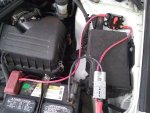
Last night I hooked up a few devices to my 100Ah battery box to draw it down to around 60%
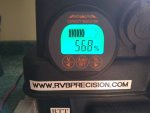
I ran a 20' 4Ga extension cable from the Toyota battery to the RENOGY 40A DC to DC charger.
Started the car and immediately the amps to the battery jumped up to 39.6A, stayed there for about two minutes and then stabilized around 35A
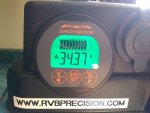
Battery voltage when I started was 12.18V
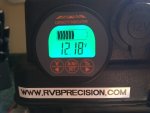
While charging it started out at 14.2V for a minute or so, but quickly decreased to 13.16V.
I have absorption set at 14.4V and Float set at 13.2V.....
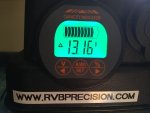
I timed it for 15 minutes......It took the battery from 56.8% to 65%......Didn't want to run the car any longer so discontinued the test. Hooked the battery up to portable , 120W solar panels to finish off the charge.
Seems good? Not sure what I should be expecting from this set up. Comments appreciated....
I installed a 50A circuit breaker to the battery. Terminating with an Anderson plug. I used 8G wire I had for these short runs.

Last night I hooked up a few devices to my 100Ah battery box to draw it down to around 60%

I ran a 20' 4Ga extension cable from the Toyota battery to the RENOGY 40A DC to DC charger.
Started the car and immediately the amps to the battery jumped up to 39.6A, stayed there for about two minutes and then stabilized around 35A

Battery voltage when I started was 12.18V

While charging it started out at 14.2V for a minute or so, but quickly decreased to 13.16V.
I have absorption set at 14.4V and Float set at 13.2V.....

I timed it for 15 minutes......It took the battery from 56.8% to 65%......Didn't want to run the car any longer so discontinued the test. Hooked the battery up to portable , 120W solar panels to finish off the charge.
Seems good? Not sure what I should be expecting from this set up. Comments appreciated....
